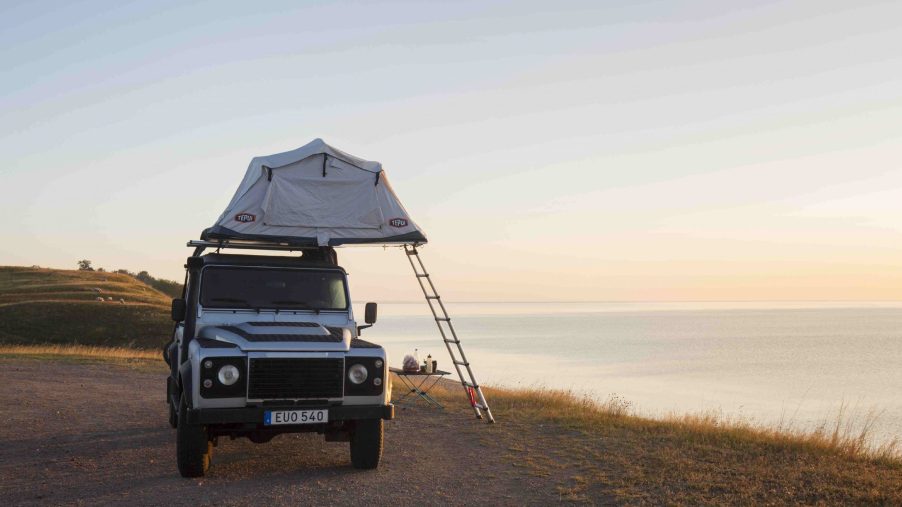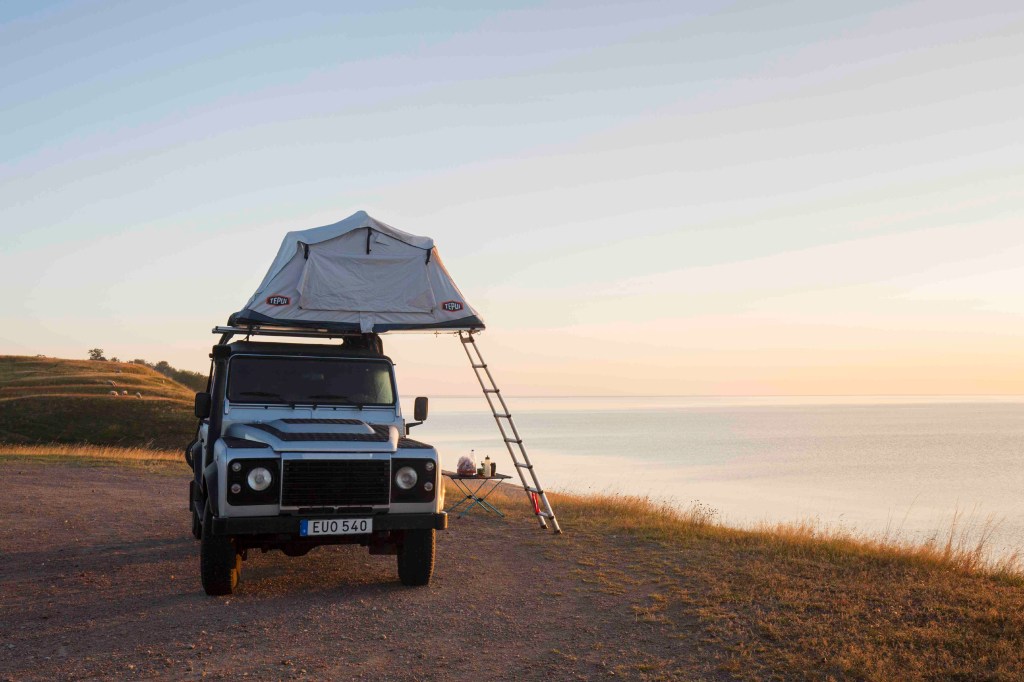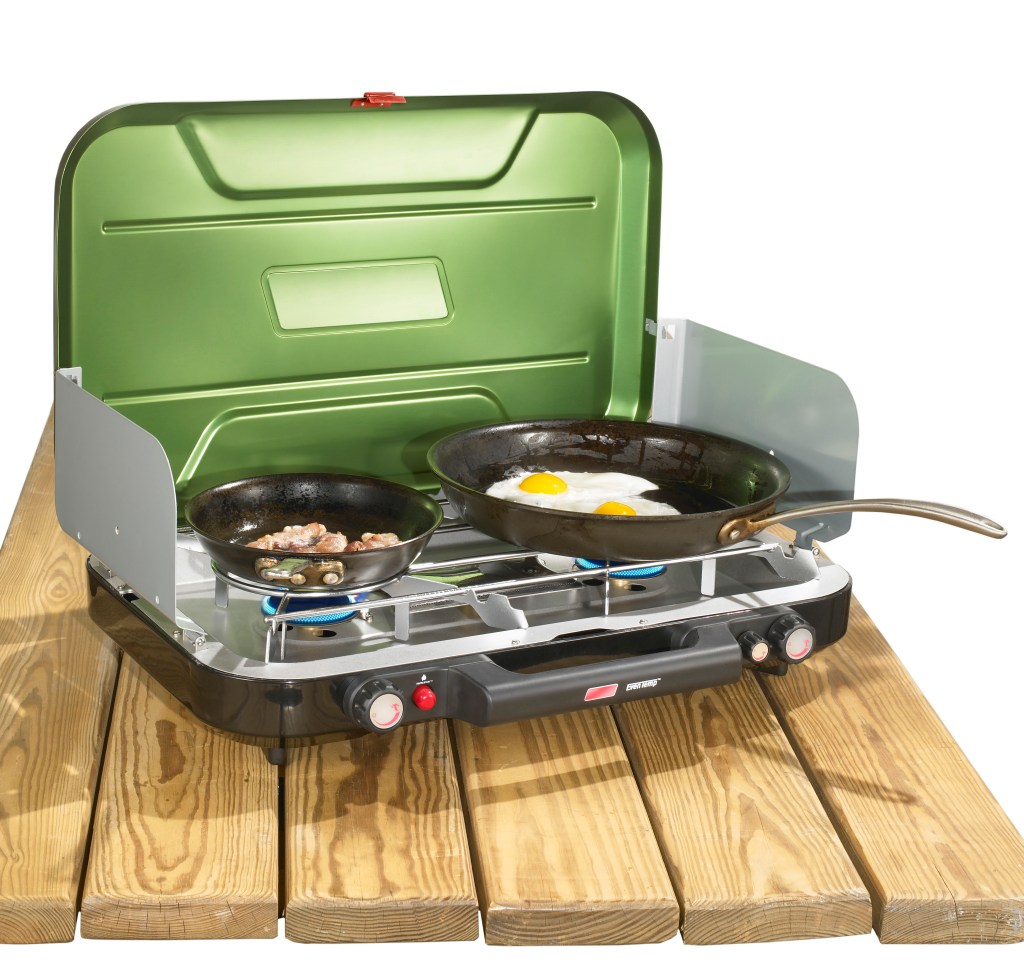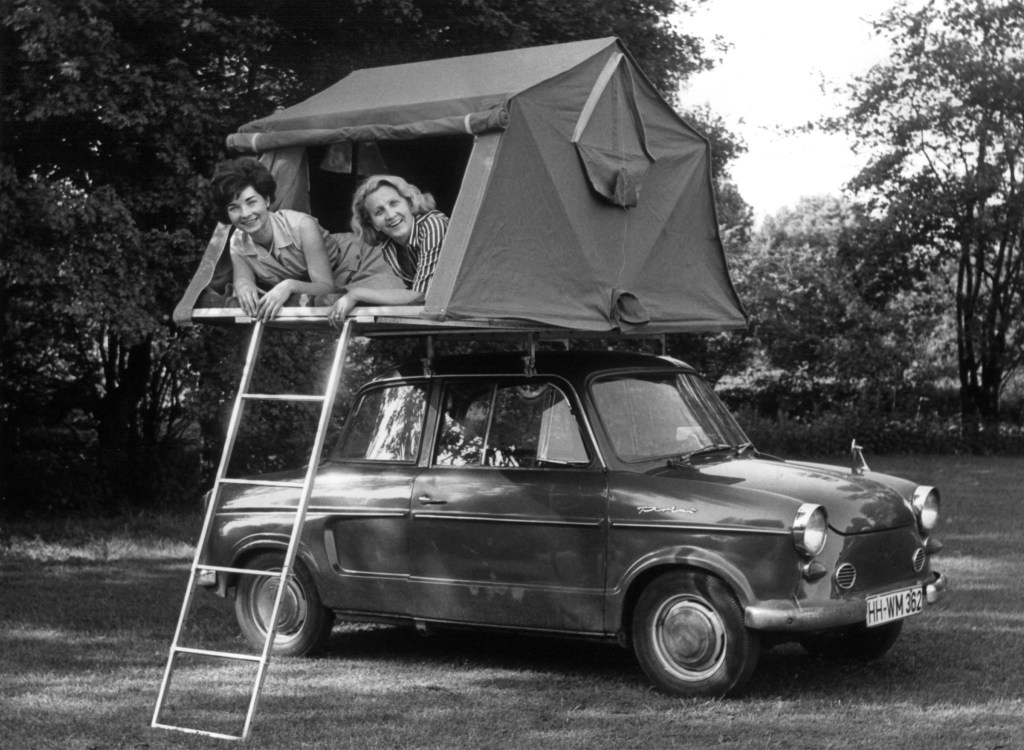
Forget Camper Vans and RVs: Buy a Rooftop Tent Instead
The camper van and RV lifestyle is taking the world by storm, partly due to the Covid-19 pandemic. And while living off the grid sounds appealing, there are a couple of drawbacks. RVs are massive, guzzle gas, and cost a fair sum of money, while camper vans rarely have room for more than two people. But there’s a middle ground that’ll let you get away from it all for cheap: rooftop car tents.
What is a rooftop car tent, and can I put one on my car?
A rooftop car tent is exactly what it sounds like. On the surface, it looks like a regular cargo capsule, but fold it open and you’ll find a full rooftop tent. Roofnest builds car tents that can accommodate up to four people, with plenty of budget options if you’re fine with just having room for two.
When you’re ready to use it, a rooftop tent can be easily unfolded in a matter of minutes, creating a camping space away from bugs and dirt. And when you’re finished, you fold it back up, and your car can hit the road again.
If your car has roof racks, chances are you can put a rooftop tent on your car. You’ll have to double-check the weight limit for what can go in and on your car, but the heaviest Roofnest tent available is just 160 lbs. That’s plenty for stock roof racks to handle, though you’ll have to consider whether aftermarket roof racks will be capable. of that weight also.
The benefits of using a rooftop tent rather than a campervan or RV

One of the biggest reasons people hesitate to go off the grid are the upfront costs. The most expensive rooftop tent, which sleeps three to four people, costs just shy of $4,000. Sure, a cheap RV or camper van can be found on Craigslist for a couple grand, but those are bound to have mechanical problems. So if you take care of your own car, that’s one less vehicle you have to worry about.
And speaking of which, chances are your car is more maneuverable, fuel-efficient, and familiar to you than a camper van or RV. Of course, the large slab on your roof will shave a couple miles per gallon off your average, but all in all, it won’t guzzle gas in the same way a camper van or RV would.
And on top of that, you can fit more friends and gear in for your various adventures. Since you don’t have to lie the bed in the backseat, like you would a camper van, you can fit four people in your car. And if you drive a reasonable mid-sized SUV, that should leave enough space in the trunk for your camping gear.
However, whether you’re going to live in a tent, or just want to spend a night or two camping before returning to normal life, what kind of gear will you need?
The best bits of camping gear to have on hand

Depending on how long you’re living on the land, and how many amenities are nearby, you’ll obviously want to bring lots of bottled water. Likewise, you’ll eventually need to eat, and there are a plethora of portable kitchen options available to you.
There are cheap pots and pans, some of which are collapsable, that can be bought online. And you’ll likely want a portable stove, either gas or electric, to cook whatever canned food you bring. If you’re using an electric burner, consider purchasing a battery-electric generator. It’s essentially a large portable charger for other gadgets, such as cooking equipment and electronics (like your phone).
Lastly, in terms of bare minimum supplies, you’ll want sleeping bags, sheets, or even a mattress (some thin ones will fold up inside the tent). Depending on what part of the country you live in, it can get rather cold. So layer up if need be, as getting sick overnight sucks (trust me, I’ve done it).
So what you have is a simple, cheap alternative to buying a dedicated camping/road trip vehicle. With a camper van or RV, they can only be a camper van or RV, whereas your car can be used for every other daily activity. But that doesn’t mean sleeping in a tent is perfect.
The drawbacks of owning and sleeping in a rooftop car tent

If you plan on living in your tent for a while, there are some things to consider. Parking is one of them, and while you could park in a Walmart parking lot for free, sleeping in a tent isn’t quite as inconspicuous as sleeping in an RV. With an RV or camper van, you can lock your doors, whereas in a tent you can’t. You’ll likely want to find RV campgrounds to stay at, which require you to pay.
Likewise, you’ll also need to take showers, use the bathroom, and do laundry to keep you and your belongings smelling clean and feeling fresh. This will often require you to stop at rest stops, where truckers take their showers as well. Not exactly glamourous, but it’s off the grid.
But the unique problem for rooftop tents is road noise. If you’ve ever driven with a cargo container on your roof, you’d understand what I mean. The tent leaves a gap between the roof of your car and the bottom of your tent. That vacuum is nothing more than a noise generator, and will impact your gas mileage as well.
That said, this is also an easy problem to solve. You can buy a rooftop splitter, or build one out of cardboard, duct tape, and ratchet straps. That’s exactly what I did, and it worked just fine.
So whether you’re looking for a weekend adventure, or a cheap way to genuinely get away from society, a rooftop tent can provide that experience you want in the comfort of your own car, surrounded by friends, and for a lot less money.


